IRA and 401(k) Plan Limits for 2022
The IRS has announced contribution savings limits for retirement savings accounts for 2022. Here is what you need to know to make the most of your saving strategy for this year!
Employer retirement plan contributions are increasing in 2022. This includes 401(k) plans, 457 plans, and 403(b) plans. Also, the maximum contributions to Simple IRAs are increasing as well. Make sure you let your payroll department know that you want to increase your contributions to these plans.
The maximum amount employees can contribute to a 401(k) plan will increase to $20,500 in 2022 (up from $19,500 in 2021). If you're age 50 or older, you can also make catch-up contributions of up to $6,500 to these plans in 2022. So, for those over age 50, the maximum amount you can contribute to your 401(k) is $27,000.
For Simple IRAs, participants can contribute up to $14,000 in 2022 and the catch-up limit for those age 50 or older remains at $3,000. Roth IRA and Traditional IRA maximum contribution levels remain unchanged in 2022. Below is a chart that shows the maximum contribution amounts for each type of plan:
The income limits for determining how much you can contribute to a Roth IRA increased in 2022. If your filing status is single or head of household, you can contribute the full $6,000 ($7,000 if you are age 50 or older) to a Roth IRA if your Modified Adjusted Gross Income (MAGI) is $129,000 or less (up from $125,000 in 2021). And if you are married and filing a joint return, you can make a full contribution if your MAGI is $204,000 or less (up from $198,000 in 2021). Just keep in mind that contributions cannot exceed 100% of your earned income. The following chart shows the income phaseout for Roth IRA contributions in 2022:
There are a few other updates for 2022 that are worth noting:
The wage limit for Social Security tax has increased to 147,000 (from $142,800 in 2021). So, until an employee reaches $147,000 in wages, their employer has to withhold the 6.2% of Social Security taxes from wages.
Long-term Capital gains rates are 0% for those with taxable income less than $41,675 (Single) or $83,350 (Married).
Health Savings Account contribution limits are $7,300 for a family plan and $3,650 for an individual plan (up from $7,200 and $3,600, respectively). There is also a $1,000 over age 50 catch-up available
The annual gift tax exclusion is increasing to $16,000 per donee (up from $15,000).
The estate tax exclusion amount is $12,060,000 (up from $11,700,000) per person with the maximum rate remaining at 40%.
So, as we head into 2022, make sure you double check (and possibly increase) your retirement plan contributions with your employer. And don’t forget to save to your IRA and Roth IRA if you are eligible to do so. Give our office a call if you have questions on how best to save for your retirement goals.



